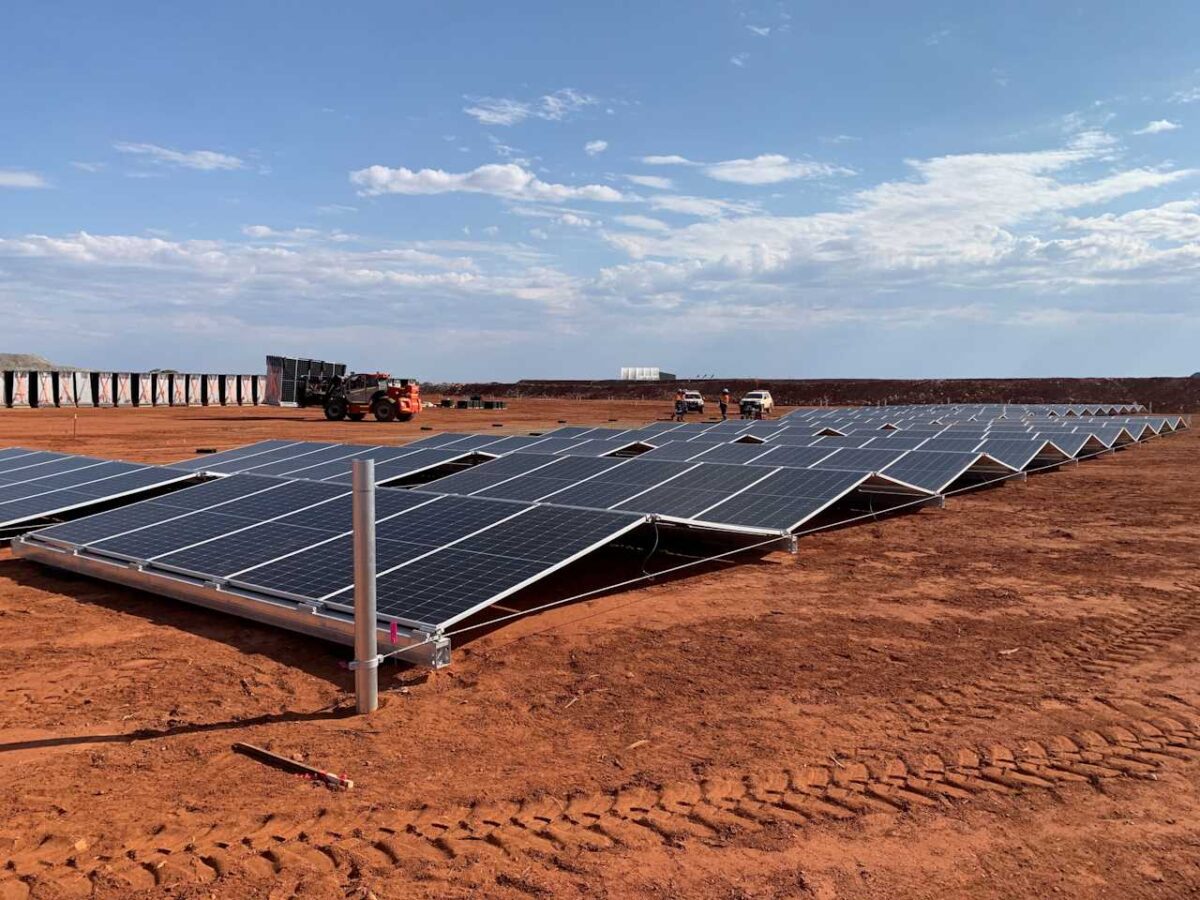The Albanese government has laid down a $100 million challenge to “crack open” innovation in how solar farms are deployed and operated, in a bid to further drive down the cost of one of the world’s cheapest, cleanest power sources.
The Australian Renewable Energy Agency (ARENA) funded global Solar ScaleUp Challenge invites innovators, developers, engineers and financiers around the world to accelerate innovation in large-scale solar.
“We are calling on the best minds in the global ecosystem to bring forward the next wave of step change innovations,” the Solar ScaleUp website says. “We want to reduce costs across the installation, operation and maintenance of solar projects, and rapidly accelerate deployment.”
Delivered in collaboration with Greenhouse Tech – Australia’s largest dedicated climate tech co-working space – the challenge is part of Arena’s bid to reduce the installed cost of solar to just 30 cents per watt and reach a levelised cost of electricity under $20 per megawatt hour by 2030.
There is also a need to boost the nation’s annual solar installation rate from 5GW, today, to 50 gigawatts, targeting 1 terawatt of installed capacity by 2050 – scale Arena says can only be unlocked by proving Australia can deploy at a low cost.
“We are keenly aware of the barriers preventing our [ultra low-cost solar (ULCS)] vision from becoming reality, so we want to try something different to crack open the opportunity,” says Arena chief Darren Miller.
“Collaboration in solar is key to reducing costs and maintaining Australia’s leading role in the development and innovation of solar technologies. We are aiming to bring together leaders across Australia and the world to tackle the challenges presented in our quest for even cheaper renewable energy through this critical technology.”
Among the innovators Arena hopes to attract with the promise of access to a total pool of up to $100 million in grant funding are those leveraging new designs or cutting-edge technologies like robotics, automation, advanced analytics and artificial intelligence.
Projects could also target a reduction in the levelised cost of energy (LCOE) from solar in other ways, including by extending the operational life of technologies, boosting efficiency in the field, reducing degradation rates and reducing failure rates.
Submissions can be for standalone late-stage prototypes, pilots or demonstrations, or be part of a real-world, large-scale project, the website says.
“Ultra low-cost solar is critical for reducing electricity costs and decarbonising hard-to-abate sectors such as industry and transport,” says Miller.
“It is also a key factor in Australia becoming a renewable energy superpower, a vision which would see Australia playing a major role in supplying our key trading partners with low emissions products such as green iron and hydrogen.”
Martin Green, Scientia Professor at the University of New South Wales and director of the Australian Centre for Advanced Photovoltaics – and globally renowned as the “father of PV” – says Australia is in one of the best positions, worldwide, to exploit low-cost solar.
“If that can be accelerated, we will not only have lower cost electricity, but we’ll have ways of opening up new industries.”
Miller says teaming up with Greenhouse Tech, which has a track record in driving this kind of innovation in the emissions reduction space, helps to bring in more expertise to achieve the objectives of the Challenge.
“We think Greenhouse can bring an in-depth connection to how things are done,” Miller says. “And also the global exposure that we’d like to create with this challenge.”
Greenhouse Tech has also created Greenhouse Challenge, an open innovation platform designed to facilitate the formation of multi-disciplinary teams and support collaboration on a global scale. It is also running the NetZero Steel Challenge through its Challenge platform, sponsored by the World Economic Forum.
“Bringing together all the different stakeholders involved in solar projects is key to solving these problems in an innovative way and quickly scaling the solutions, so we thought this topic was ideal for a challenge,” said Mark Rowland, chief collaboration officer at Greenhouse.








